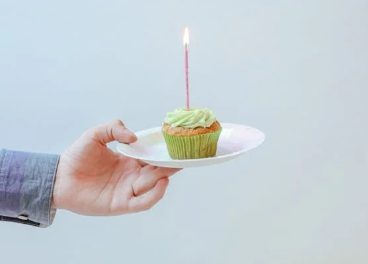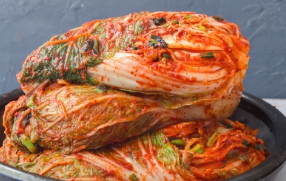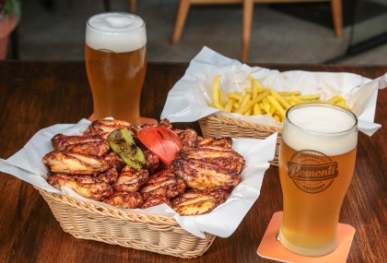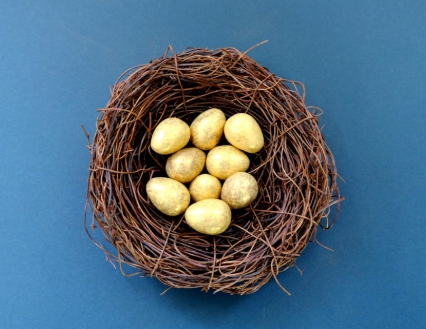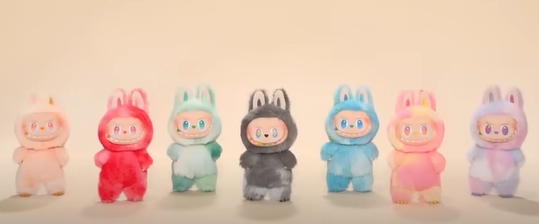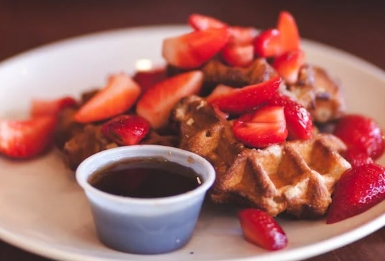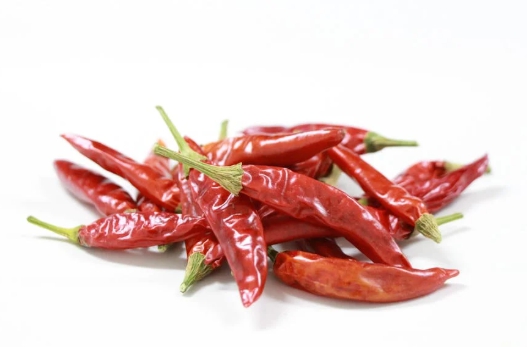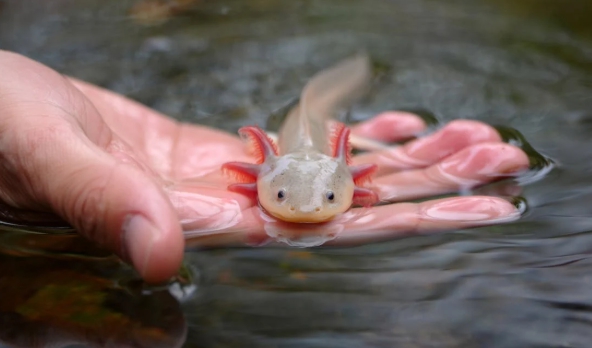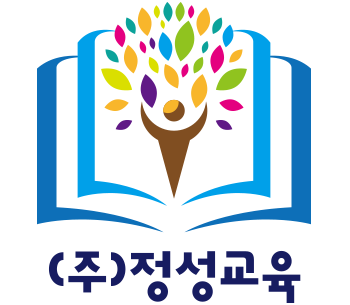Korean Lunar New Year: Past Traditions and Modern Celebrations
The Korean Lunar New Year, known as Seollal, has a long history filled with unique customs and traditions. While some customs have changed over time, Seollal remains a cherished holiday that connects past and present.
Old Traditions During Seollal:
Charye (Ancestral Rites):
Families prepared a table of traditional foods to honor their ancestors, expressing gratitude and seeking blessings for the year ahead. This custom emphasizes respect for family and tradition.
Sebae (New Year’s Bow):
Younger family members performed a deep bow to their elders to show respect and wish them health and happiness in the new year. In return, elders gave words of wisdom and sometimes money (known as “sebaetdon”).
Folk Games:
Popular games like yutnori (a traditional board game) and jegichagi (a game similar to hacky sack) were played to bring joy and togetherness among family members.
Wearing Hanbok:
People wore traditional Korean attire, known as hanbok, to celebrate the holiday in a dignified and festive way.
Modern-Day Celebrations of Seollal:
Simplified Charye:
Many families still perform ancestral rites, but the rituals have been simplified to suit modern lifestyles. Some families also adapt the traditions to include more contemporary dishes.
Traveling or Gathering:
Today, many people travel to their hometowns to reunite with extended family. For those who can’t travel, celebrating at home with close family members has become common.
Sebae and Gift-Giving:
The tradition of sebae continues, but gifts such as luxury items, money, or food sets have become popular to show appreciation to family members.
Relaxation and Enjoyment:
Modern families use the holiday as a chance to rest. Watching TV programs featuring Seollal themes, eating tteokguk, and spending quality time together are common activities.
한국의 설날은 오랜 역사를 가진 독특한 풍습과 전통으로 가득합니다. 시간이 지나며 일부 풍습이 변했지만, 설날은 여전히 과거와 현재를 잇는 소중한 명절로 자리잡고 있습니다.
설날의 옛 풍습:
차례:
가족들은 조상에게 감사와 한 해의 복을 기원하며 전통 음식을 차려 차례상을 준비했습니다. 이 풍습은 가족과 전통을 중시하는 한국 문화를 보여줍니다.
세배:
어린 가족 구성원들이 어른들에게 큰절을 올려 새해 건강과 행복을 기원했습니다. 어른들은 덕담과 함께 세뱃돈을 주기도 했습니다.
민속놀이:
윷놀이, 제기차기 같은 전통 놀이를 즐기며 가족 간의 유대감을 키우고 명절의 즐거움을 나누었습니다.
한복 착용:
사람들은 한복을 입고 명절을 품위 있고 축제 분위기로 기념했습니다.
오늘날의 설날:
간소화된 차례:
오늘날에도 많은 가정에서 차례를 지내지만, 현대 생활에 맞게 의식을 간소화하거나 전통 음식을 대신 현대적인 요리를 준비하기도 합니다.
이동 또는 가족 모임:
많은 사람들이 고향으로 이동해 대가족과 다시 만나거나, 이동이 어려운 경우 가까운 가족들과 집에서 설을 보내는 경우가 늘고 있습니다.
세배와 선물 주고받기:
세배 전통은 여전히 이어지며, 가족에게 감사를 표현하기 위해 고급 선물, 돈, 혹은 식품 세트를 주고받는 문화가 자리잡았습니다.
휴식과 즐거움:
현대 가족들은 설날을 휴식의 기회로 삼습니다. 설날 특집 방송을 보거나, 떡국을 먹으며 가족과 함께 여유로운 시간을 보내는 것이 흔합니다.
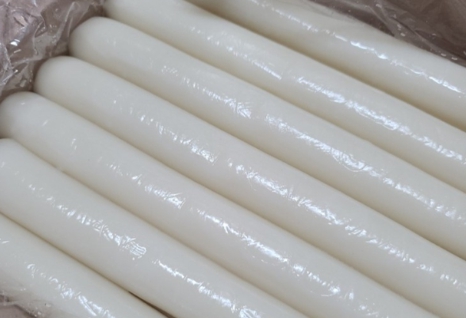
Traditional Foods Eaten During Korean Lunar New Year
Korean Lunar New Year, known as Seollal, is one of the most important holidays in Korea. Families gather to celebrate, perform ancestral rites, and enjoy traditional foods. Here are some of the iconic dishes commonly eaten during this holiday:
Tteokguk (Rice Cake Soup):
Tteokguk is a soup made with thinly sliced rice cakes, beef broth, and garnished with eggs, seaweed, and green onions. Eating tteokguk symbolizes growing a year older and starting the new year with a clean slate.
Jeon (Korean Pancakes):
Jeon includes various pancakes made with vegetables, seafood, or meat dipped in flour and egg before frying. Examples are "pajeon" (green onion pancake) and "haemuljeon" (seafood pancake).
Galbijjim (Braised Short Ribs):
A hearty dish made by slow-cooking beef short ribs with soy sauce, garlic, and various vegetables. Its tender and flavorful taste makes it a favorite on festive tables.
Japchae (Stir-fried Glass Noodles):
Japchae is a sweet and savory dish made with glass noodles, assorted vegetables, and beef. It’s known for its vibrant colors and balanced flavors.
한국의 설날은 가장 중요한 명절 중 하나로, 가족들이 모여 조상을 기리는 의식을 하고 전통 음식을 즐깁니다. 설날에 주로 먹는 대표적인 음식을 소개합니다:
떡국:
떡국은 얇게 썬 떡과 소고기 육수를 기본으로 만든 국으로 계란, 김, 대파 등으로 고명을 얹어 먹습니다. 떡국을 먹는 것은 한 살 더 먹고 새해를 깨끗하게 시작한다는 상징적인 의미를 가집니다.
전:
전은 채소, 해산물, 고기 등을 밀가루와 계란에 묻혀 구운 다양한 종류의 전을 말합니다. 파전, 해물전 등이 대표적입니다.
갈비찜:
갈비찜은 소갈비를 간장, 마늘, 각종 채소와 함께 천천히 조리한 음식으로 부드럽고 풍미가 깊어 명절 상차림에서 인기 있는 메뉴입니다.
잡채:
잡채는 당면에 여러 가지 채소와 고기를 넣어 달달하고 짭짤한 맛이 어우러진 요리입니다. 알록달록한 색감과 조화로운 맛으로 사랑받습니다.


